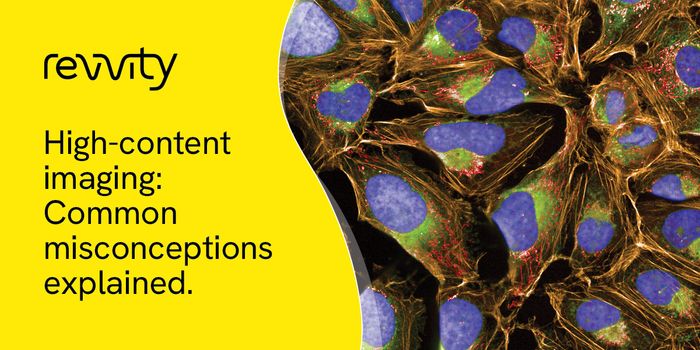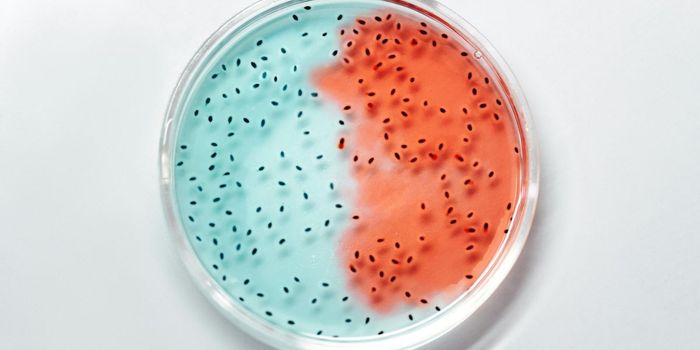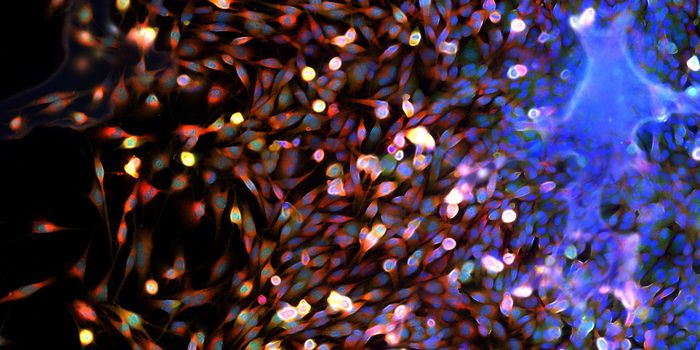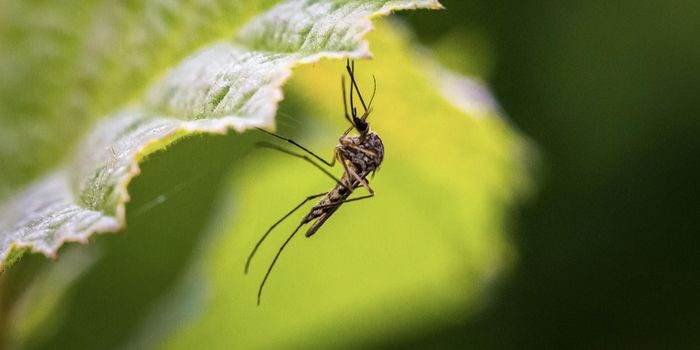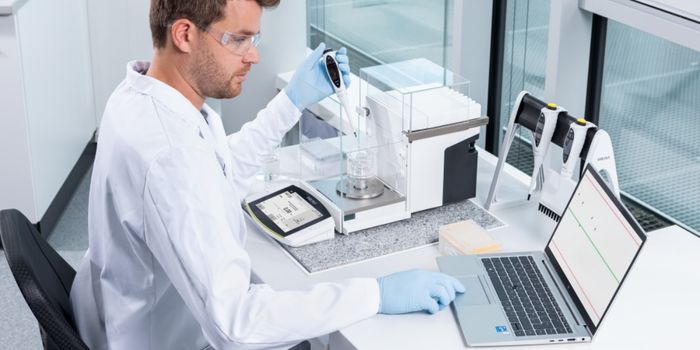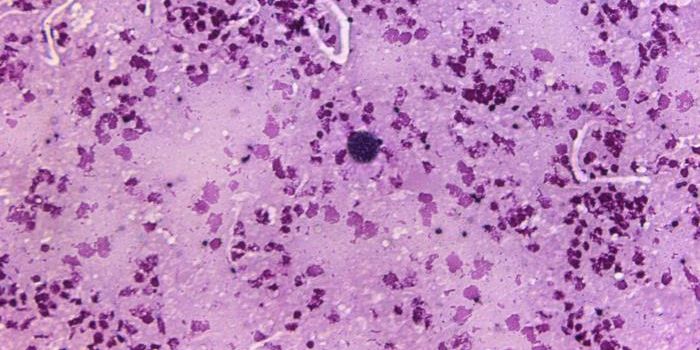Soil Could be a Major Factor in Climate Change
Researchers have been working to try to understand how microorganisms and small animals in soil affect the release of carbon dioxide into the atmosphere. Some of these experiments have been conducted over many years, even decades. After recent work in Science indicated that bacteria in soil undergo a cyclical release of carbon into the atmosphere, another study reported in Nature Climate Change has added to the complexity. The latest research showed that as temperatures warm and are accompanied by drought, animals in the soil consume less food, indicating that their activity is not driving the increased release of gases into the atmosphere. Scientists suggest that if we are to understand the processes that are impacting our climate, we have to do more to understand the activity of microbes and animals in soil better.
There seems to be a multitude of positive feedback cycles at work as the planet warms. Because soil is a massive repository of carbon, as it heats and releases that store, more carbon in the atmosphere causes additional warming, causing more carbon release, etc.
"The feedback effect of climate warming via the greater release of CO2 from the soil is a crucial assumption in models predicting our future climate. Therefore, it is important to know what is causing this effect. Our results indicate that it may not be the soil animals, on the contrary: Their role may actually be the opposite of what we expected, at least when warming and drought occur together," said Dr. Madhav P. Thakur, first author of the study.
"It is most likely that instead of soil animals and microorganisms, the plants are responsible for the feedback effect because they also breathe with their roots. In order to improve the validity of climate models, we now urgently need to understand the biological processes in the soil better," said the senior author of the report, Professor Nico Eisenhauer. The soil is Earth's major carbon reservoir, added Eisenhauer.
Work in this same field was done by Harvard scientists in October; it was started in 1991 by Jerry Melillo, Distinguished Scientist at the Marine Biological Laboratory (MBL) and colleagues in a deciduous forest stand located in the Harvard Forest in Massachusetts. Electrical cables were buried in plots, and the investigators heated the soil five degrees Celsius above the ambient temperature of other control plots. The ongoing 26-year experiment revealed that plots that had been warmed lost 17 percent of the carbon that was stored in organic matter in the top 60 centimeters of soil.
"To put this in context, each year, mostly from fossil fuel burning, we are releasing about 10 billion metric tons of carbon into the atmosphere," Melillo explained. “That's what's causing the increase in atmospheric carbon dioxide concentration and global warming. The world's soils contain about 3,500 billion metric tons of carbon. If a significant amount of that soil carbon is added to the atmosphere, due to microbial activity in warmer soils, that will accelerate the global warming process. And once this self-reinforcing feedback begins, there is no easy way to turn it off. There is no switch to flip."
The Harvard team observed a cyclical release of carbon from the soil, with some periods releasing a lot of carbon from the earth, and other periods showing very little carbon release. This likely reflected reorganizations of the microbial communities in the soil, and changes in their ability to break carbon down. The experiment is ongoing.
Sources: AAAS/Eurekalert! Via German Centre for Integrative Biodiversity Research (iDiv), Leipzig University, ScienceDaily via MBL, Science, Nature Climate Change


